Blogs
What can airport scanners detect?
Checking luggage with a scanner is a mandatory procedure before boarding the plane. So how do airport scanners work to detect banned substances and objects prohibited from being brought on the plane?
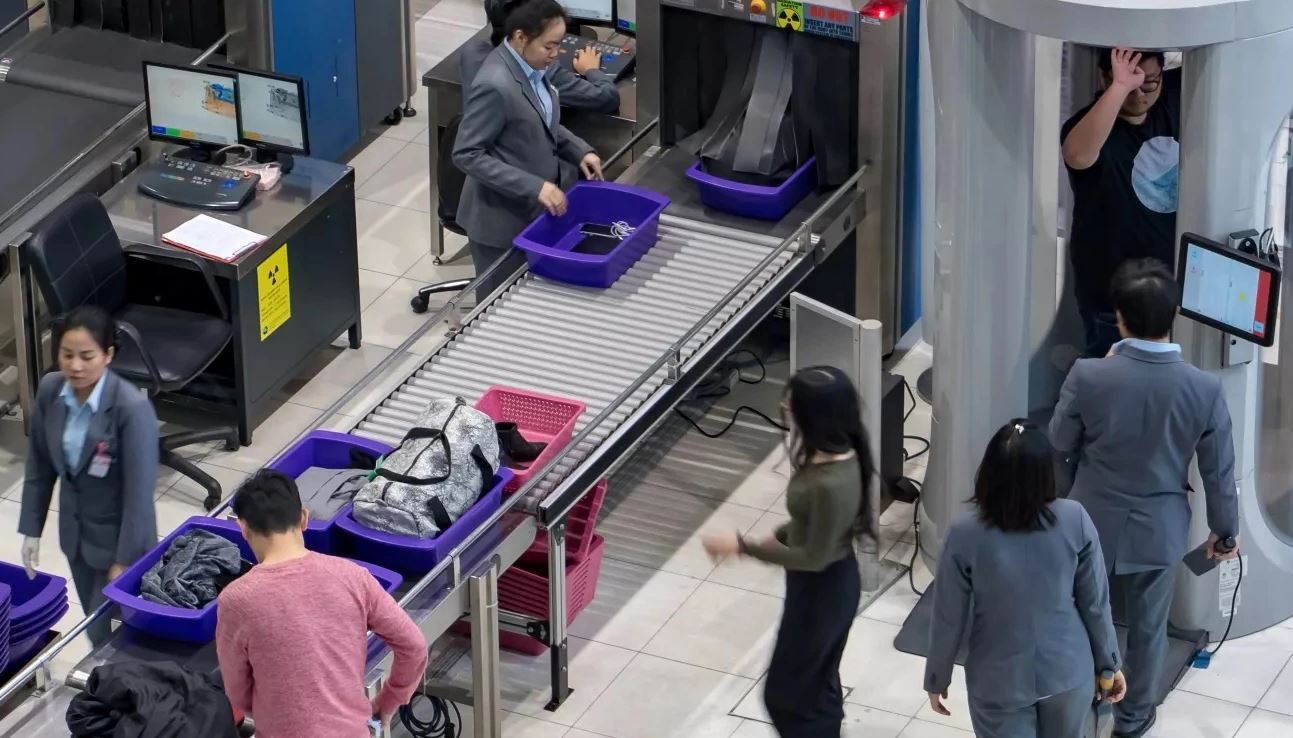
To ensure aviation security, screening and checking luggage with scanners at the airport is mandatory for all passengers and flight crew, including pilots and flight attendants. This will help customs and aviation security forces detect banned substances and prohibited objects brought on planes that threaten flight safety.
So how does the scanner at the airport work to be able to see through luggage to detect prohibited objects and substances banned from being brought on the plane without having to open the luggage to check inside? The article below will give you the answer.
How do airport scanners work?
- All types of luggage before being put on the plane, including both carry-on and checked luggage, must be put through the scanner system at the airport to check if there are any suspicious items inside. whether it affects flight safety or not.
- Airport scanners with extremely sophisticated technology help see everything inside luggage, including items that passengers try to hide.
- There are many different scanner and screening systems at the airport. In particular, luggage scanners operate on the principle of using X-rays to shine through objects to identify dangerous objects or banned substances.
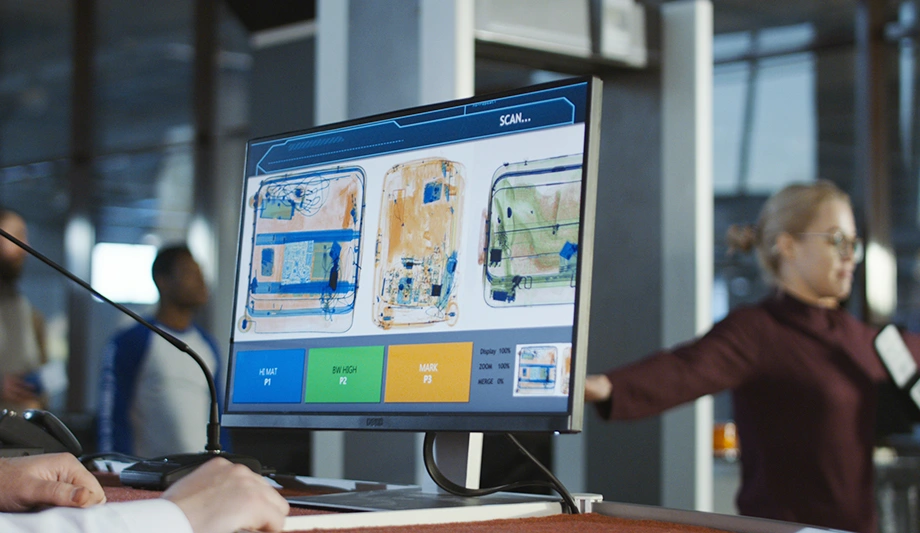
- Before boarding the plane, everyone, including passengers, pilots and flight attendants… must check their luggage using the scanner system at the airport (Photo: ShutterStock).
- In operation, X-rays are emitted from one side of the scanner and collected by a pair of detectors on the opposite side. When luggage is passed through the scanner, it cuts through the X-rays and absorbs some of the X-ray energy, which means the X-rays passing through the luggage will have less energy.
- The detector will convert the X-rays into signals and send them to the signal processing frame for further processing. These signals are processed to display images on the scanner screen. The image displayed on the scanner screen is only a simulated image, helping to highlight the objects inside the luggage. However, these objects will be distinguished by color, helping customs or aviation security officers identify banned substances or dangerous objects.
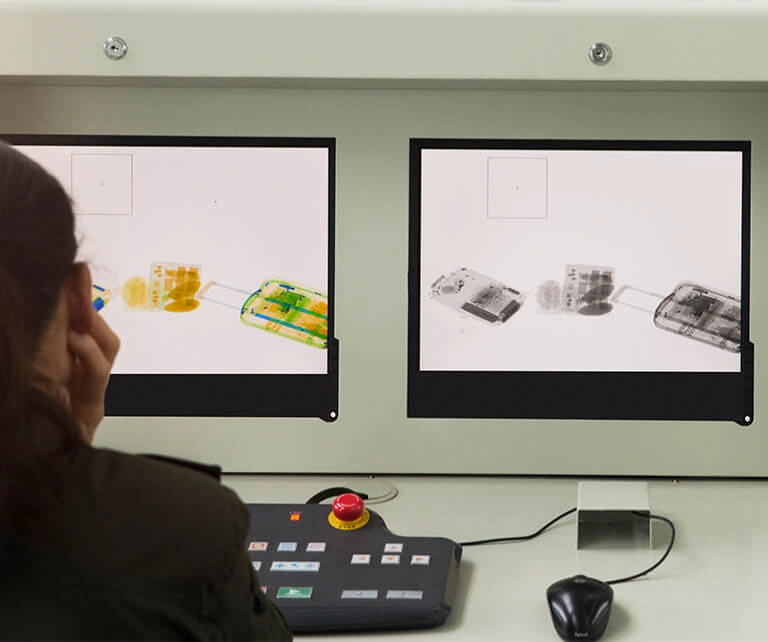
- Specifically, paper, fabric, organic materials such as food or explosives will be orange or yellow; while blue or green are used to display metal and glass objects. The system also beeps if suspicious materials are found in a passenger’s luggage.
- If metal objects with suspicious shapes are detected (such as sharp objects or weapons-like shapes…), the percentage of blue or green color exceeds the prescribed %… then aviation security will request Passengers open their luggage to manually check in. The inspection process will be conducted in the presence of the owner of the goods to ensure objectivity.
Are X-rays in baggage scanners dangerous to humans?
- As mentioned above, the image displayed on the baggage scanner screen is only a computer simulation, helping to highlight dangerous objects contained inside the luggage.
- X-rays created by scanners do not harm digital products such as smartphones, laptops, cameras… but these X-rays are very harmful to the human body. Therefore, the baggage scanner at the airport is covered in a lead frame to prevent X-rays from spreading outside. The input and output sides of the baggage scanner also have warning lights and curtains to prevent anyone from reaching out. or put the body part inside the scanner.
How do airport scanners detect drugs hidden in luggage?
- In fact, airport scanners cannot detect drugs hidden inside luggage. However, based on the images on the scanner, customs and aviation security staff can detect a large amount of organic matter inside the luggage, thereby requiring passengers to open their luggage for inspection using hand, helping to verify whether a suspicious object is a drug or not.
- Scanners at the airport do not directly detect drugs hidden in luggage, but will assist security forces in detecting suspicious luggage.
- Similarly, security staff can see objects with suspicious shapes through scanners, such as guns, knives or explosives… from which they can check suspicious luggage to make sure it is not is a prohibited item on the plane.
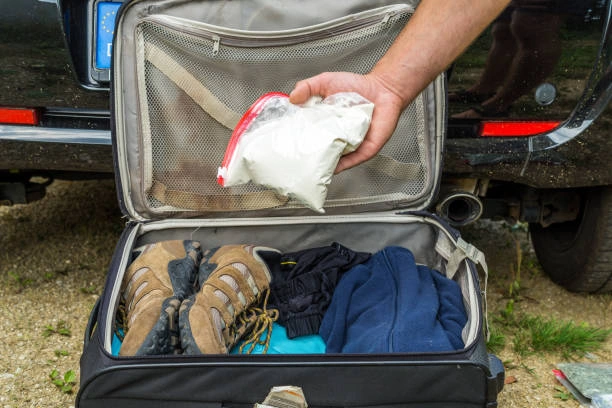
Is there a way to hide something in luggage without being detected by scanners?
- The answer is “no”. With modern scanner technology, it’s impossible to hide something in luggage that a scanner can’t detect, even when wrapping that object inside aluminum foil.
- It is impossible to hide objects inside luggage to avoid being detected by scanners.
- The only way to bypass the scanner is to hide the object inside the human body, which is why many drug smugglers even try to insert drugs inside the anus to bypass the scanner system. scanning at the airport. However, aviation security forces still have sufficient skills to detect these objects.
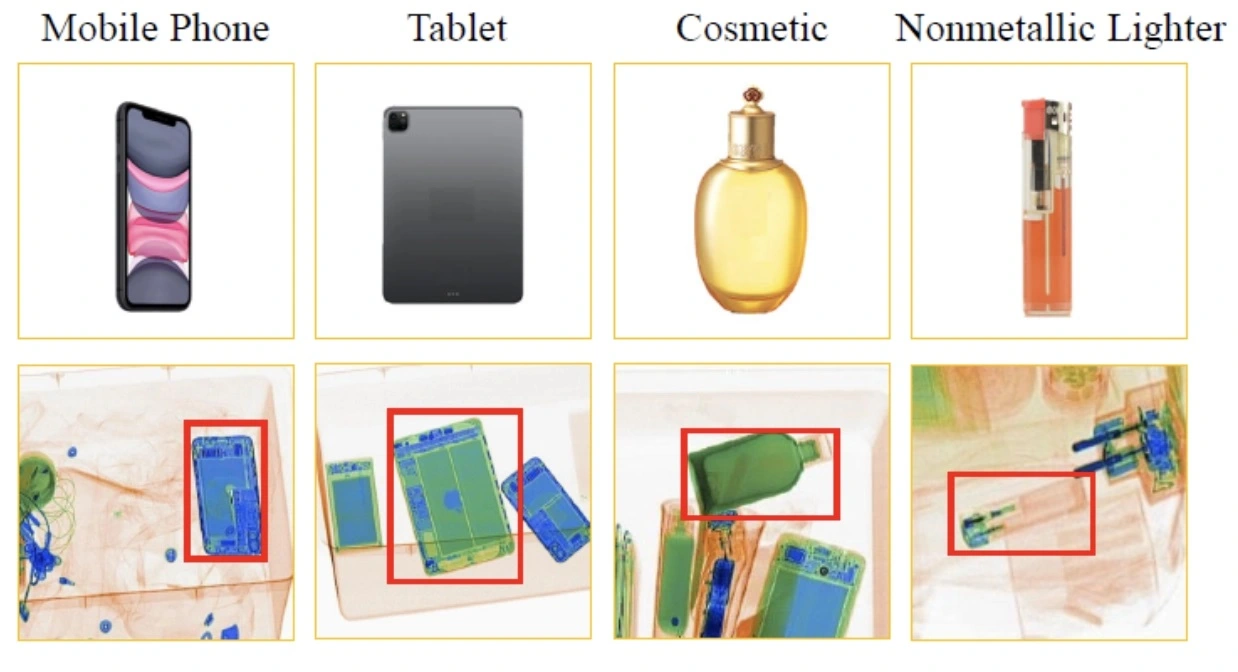
Besides the baggage scanner system, what other types of scanners do airports also use?
Besides baggage scanners, airports will use many different types of scanners, depending on passenger density and the security level of each airport. Large international airports in the US and Europe often apply many strict security measures, including luggage and body scanning to ensure aviation security.
Here are some other types of scanners being used at airports:
- Full body scanner: this is a type of scanner that can check the passenger’s entire body to ensure they are not hiding banned substances on their body. This type of scanner has caused a lot of controversy because it violates privacy and has been removed at many airports. However, some airports in the US and Europe still use this type of scanner, but it has been handled. re-image to cover sensitive parts.
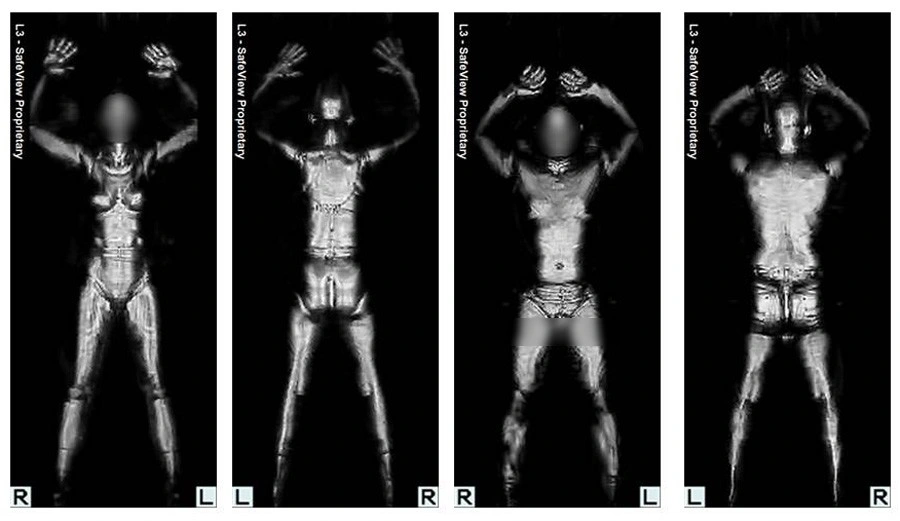
- Metal detector gate: this is a type of device that helps ensure passengers do not bring metal objects on their bodies to board the plane, including weapons such as guns, knives, scissors… that can threaten security. air.
- Manual metal detector: suspicious passengers can have their body checked by security staff using a manual metal detector before completing the inspection process.
